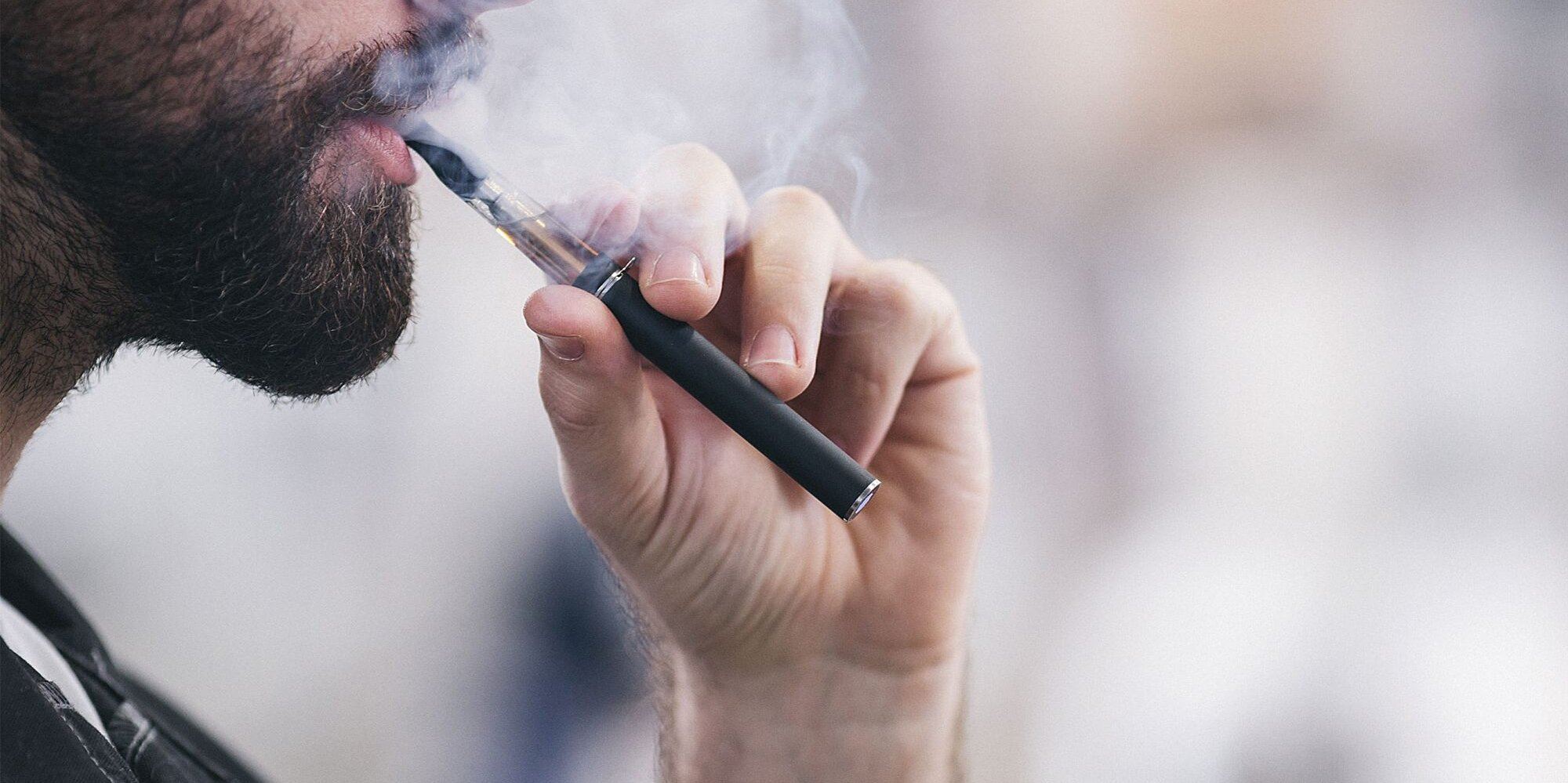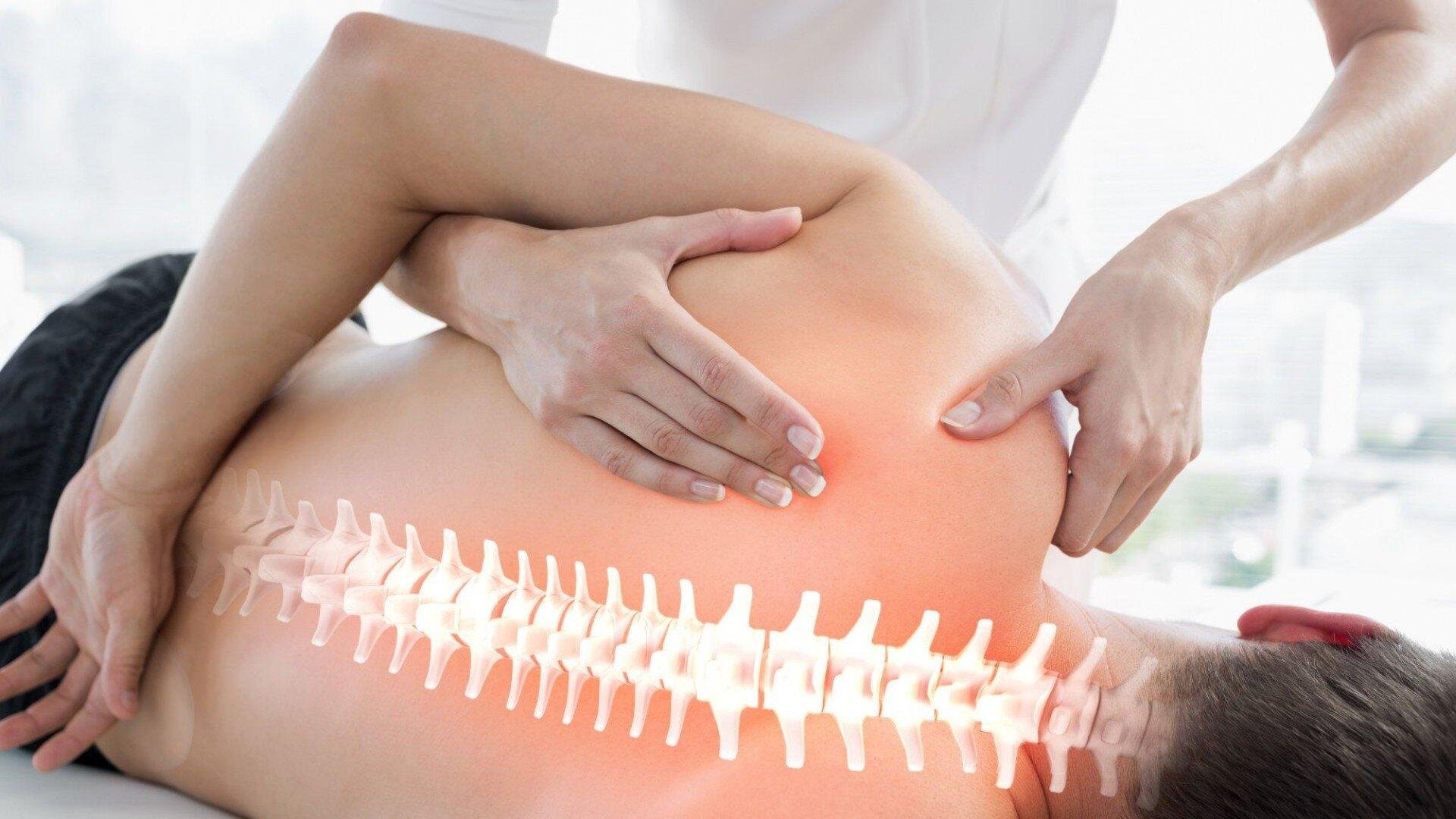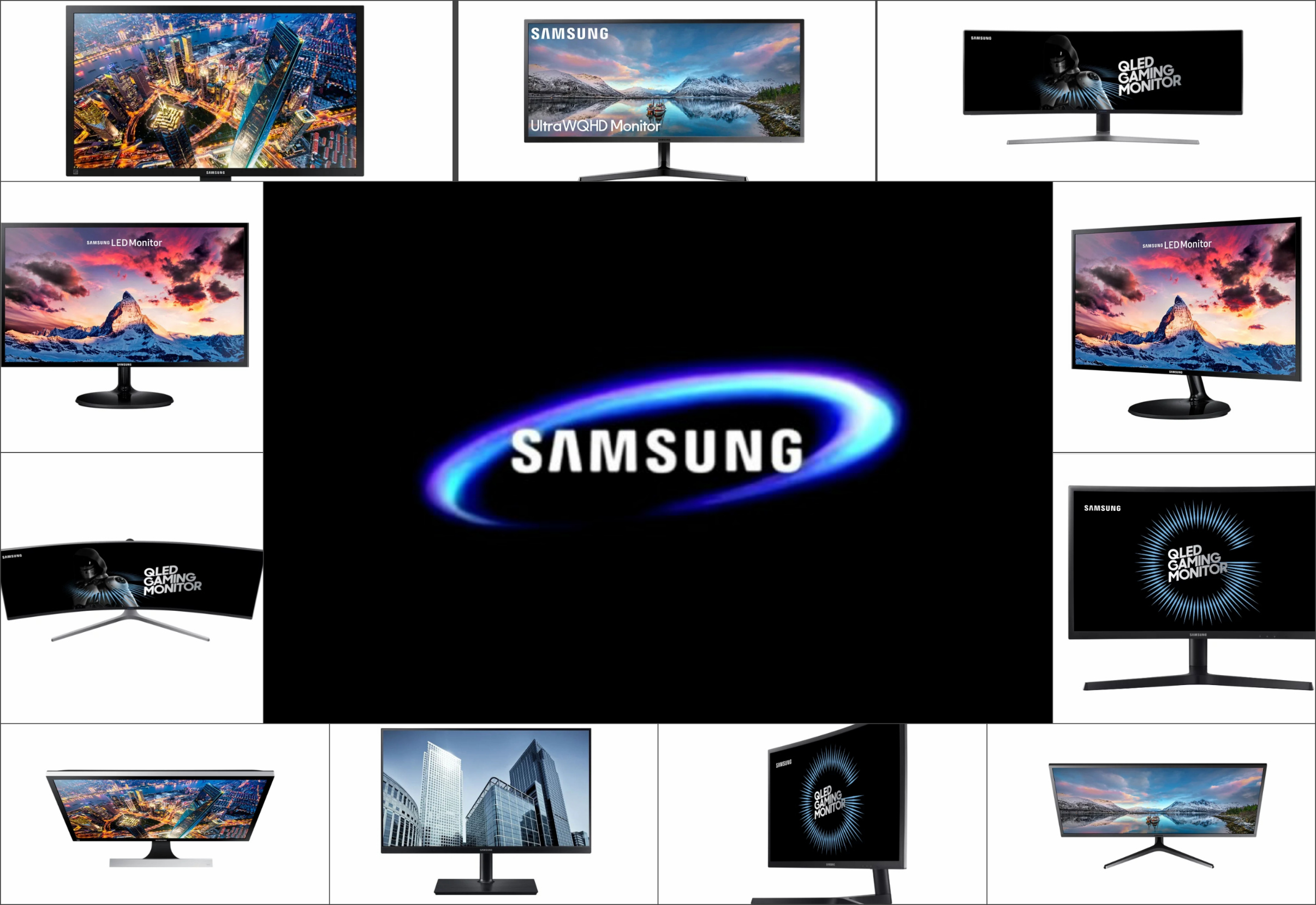Best side scan fish finders for 2025

Side-scanning sonar devices are considered the latest development in the development of search equipment for fishing. In such devices, the radar beams are directed not only straight down, but also diverge on the sides. They are capable of scanning the underwater space to the left and right of the source for tens of meters. In order to obtain the most complete picture of the underwater situation, it is created by combining the data received from the return of signals from the side with the data from the return of the signal from below.

Content [Hide]
- 1 Features of the operation and use of the side echo sounder
- 2 Side Sounder Sensor Operation
- 3 Features of the global positioning receiver
- 4 Features of hardware settings of side echo sounders
- 5 Reading an echogram record
- 6 Features of using the range function
- 7 Possible problems
- 8 Best side scan fish finders for 2025
- 9 Instead of an epilogue
Features of the operation and use of the side echo sounder
Side-scan echo sounders use the same technology as photographic echo sounders, but with the difference that the scanning beams propagate along the sides. The side scan function will be most useful for jigling (spinning fishing from a rubber boat) and trolling (motorized fishing), as well as for mapping the topography of the bottom of a reservoir. The range of modern side echo sounders can reach several tens of meters.
It takes some skill to learn how to read a side scan, however, with the successful development of this science, fishing will become much easier.Traditionally, the source-boat is conventionally displayed on the display at the top in the middle, and the bottom is displayed at an equidistant distance from the source-boat on both sides, and the water column is displayed between the bottom and the boat. The beams of the side echo sounder diverge in a narrow beam in the form of a fan. Depending on the type of apparatus, side scanning can be performed as a complete piece of echo sounding equipment or can be made as a separate element that is attached to a standard echo sounder, thereby expanding its functions. Searching for schools of fish, shallow water areas and underwater objects in a large area is the main task for which a side echo sounder is used.
Differences from traditional models
The difference between the considered and classical equipment is that the projection of the beam of a standard apparatus along the bottom is a circle, the diameter of which will depend on the depth and angle of the beam. For a side scanner, the projection of rays is presented as a narrow strip, therefore, in order to carry out the scanning process, it is necessary to move the beam source, i.e. boat with equipment.
Side Sounder Sensor Operation
Proper installation of the transducer is the key to productive fishing with locating equipment. Its incorrect integration can lead to incorrect results, which can reduce the performance of the entire process. In addition, the level of detail of the scanned bottom may also be reduced.
Installation locations
For the correct operation of the equipment, the place of installation of the display is absolutely not important, it is much more important to correctly place the structural scanning sensor. In total, there are several mounting variations, some of which can be considered somewhat more “correct” than others.At the same time, it does not make much difference whether the sensor is an integral element of the location device or whether it is connected separately.
IMPORTANT! The sensor must have full and clear visibility from both sides (both left and right), i.e. outgoing beams should not be obstructed by protruding parts of the hull or propellers of the boat's engine.
Thus, the best places to mount the sensor are:
- Transom - a special hole is drilled in the vessel from a solid and durable hull for mounting the sensor, which is subsequently sealed;
- On the hinged transom (on one of its sides) - several interconnected holes are made in the aluminum plate, which will allow you to change the position of the sensor;
- Under the hinged transom - in this position there is enough space for the production of high-quality echolocation;
- On a trolling motor - some trolling motors have factory holes for installing a location sensor on them.
IMPORTANT! If the sensor is attached directly to the transom, then it is preferable to fasten it through a special clamp-holder for it. Such a device is usually not very expensive, but will help the sensor avoid damage in a situation where an unplanned collision with an obstacle or a grounding of the boat occurs.
Quality electrical connection
The transmission of electrical impulses through wires in the location device system plays an important role. The electrical wiring must not have kinks or damage, it must be reliably insulated, which guarantees not only reliable power supply to the entire system, but also obtaining a clean (without "white" noise) image from the side scanner.Usually, all power wires are connected directly to the battery directly, and all terminal connections are properly soldered. Also, you should pay attention to the correct installation of the fuse (its integration must comply with the manufacturer's recommendations).
Features of the global positioning receiver
Previously, almost all "map drawers" (chartplotters) and echo sounders were equipped with an external GPS antenna. Modern trends to minimize any high-precision equipment have led to the fact that the antenna element is now hidden inside the body of the apparatus. Thus, in order to correctly display the received information on the screen, the echo sounder will need the presence of an external GPS receiver, otherwise, the scanned object in its coordinates in the X-Y axes will be displayed incorrectly and the data will diverge from its actual location on the bottom.
IMPORTANT! It is possible to achieve the most accurate coordinates for the displayed object by placing an external GPS receiver as close as possible to the transducer. This position will make it possible to issue the most accurate information regarding the distance between the source (boat) and the fixed object on the bottom. If you use only the internal GPS antenna of the device, then you will need to make some allowance for the displayed distance, slightly lengthening it. The application of this method is possible only with the help of numerous verification measurements, i.e. You have to go through a lot of trial and error.
Features of hardware settings of side echo sounders
Professional fishermen in the field of high-tech fishing do not recommend changing the factory settings of the side sonar, but it is better to use the default settings.For example, this applies to adjusting the contrast and sensitivity of the display - in general, these options should be changed only after the operator learns to clearly recognize the resulting image. In order to improve skills, it is recommended to swim for training purposes near easily interpretable objects, such as:
- Bridge supports;
- Large stones with both underwater and surface parts;
- Branched snags of trees, with a well-defined silhouette.
Such objects will be very easy to identify from the side.
IMPORTANT! For the purposes of getting the best scan results, it should be run at a speed between 9 and 18 kilometers per hour. At the same time, it is recommended to set the initial scanning range to 40 meters - this will allow you to get a detailed picture at the first stage.
After the operator learns to more or less correctly read the resulting image, it is possible to proceed to reconfiguring the standard settings. Here are some adjustment elements and their purpose:
- Contrast/Sensitivity - These controls how the image is processed in terms of the ratio of brightness between dark and light tones that is reflected on the sonar display. Through this setting, you can reduce the "white noise" in order to better distinguish between background (bottom relief) and moving objects (schools of fish);
- Range - this setting is responsible for the distance that the scan takes place in each direction. Usually, the display of the device has many pixels, therefore, when setting a wider range, the device will be forced to greatly compress the graphic output data, which will make it difficult to read. From here it is clear that the narrower the range, the more detailed the picture is displayed;
- Turn on a specific side - it is possible to set the scan mode only to port or only to starboard;
- Color palette - the received data will be displayed by the device using a certain color strength of the object, which will depend on the distance to it.
Reading an echogram record
For the best understanding of the data produced by the side sonar, it is preferable to use the echogram recording function. An echogram is a compilation of all data collected by a sonar into one file, which can later be played back on various computing devices (depending on the save format and the availability of special viewing and editing programs). While working with this file, it is possible to experiment with the settings and find out how they can affect the rendering of the image during real work.
Echogram settings
The main variables of the echogram include:
- Sensitivity - at high values of this parameter, the image acquires a "blurred" appearance. If, on the contrary, the indicator is too low, then some fine details may not be displayed. Professionals advise leaving this parameter at an average level, both when reading an echogram and during real-time work. As a last resort, for the purity of the data obtained, two copies with different sensitivity settings should be compared simultaneously;
- Contrast - this parameter controls the overall illumination of the picture, i.e., the so-called "white level". High contrast enhances the output colors, and at a low level, they blur;
- Echogram speed - applying a high speed when the source of the signal (boat) is moving slowly will result in a smeared and blurred picture. In turn, a reduced scrolling speed with an accelerated movement of the source will lead to the fact that the device will not have time to display the received data (the update will be uneven).This shows that it is preferable to use the average values of this parameter.
Features of using the range function
This function is responsible for how far the information received from the sonar will be displayed on the screen. The wider the range, the more data can fit on the display. However, with a decrease in the range, it is possible to achieve an increase in the detail of the picture. For the correct use of this function, you should take into account the type of the priority scanned object (stationary terrain or a moving school of fish).
IMPORTANT! When scanning protrusions and shafts, it is necessary to narrow the range, creating a more comfortable display condition. Thus, when viewing a specific area, there will be no loss of space on the display. To search for fish schools, it is desirable to set a range of 15 - 30 meters for each side, which will facilitate the recognition of fish and increase its contrast with bottom objects.
Used frequency: 800 and 455 kilohertz
Most side echo sounders operate at 800 kHz. However, an increase in the frequency indicator does not mean that the operator needs the operation of the device. There are models that operate at a frequency of 455 kHz. The first models are able to provide the clearest images, and the second ones can provide the largest coverage area with their signal. From this it can be seen that the differences between the frequencies used are as follows:
- 455 kHz - great for most activities, such as scanning large areas for various bottom weeds and isolated fish hiding places;
- 800 kHz is great for revisiting already explored areas in order to get a more accurate picture of the situation in them.In addition, at a frequency of 800 kHz it is even possible to identify individual fish species that were not accurately recorded in the primary echogram.
Possible problems
Poor image quality
The most common complaint from sonar operators is about this quality. As a rule, the whole essence of the problem lies in the correct setting of the color gamut, sensitivity and contrast. To find that golden mean, it is advisable to practice on echogram recordings that need to be edited on stationary devices, remembering the options for the best settings. You should always remember that the smoothness of the transitions in the density of the bottom, the display of stone and gravel will depend on the image setting - all this will look different with different color palettes. Therefore, the image quality must be adjusted to the priority scanned structure.
Device slowdown in multi-window mode
Full screen rendering allows you to display the largest number of scanned objects. However, the multi-window mode can display previously recorded pictures of the scanned areas, which will allow you to compare them with those displayed in real time. However, the multi-window mode will significantly slow down the entire device, which is not surprising, because there is an increased load on the processor and memory.
Best side scan fish finders for 2025
Budget segment
3rd place: "Lowrance Elite-5 Ti"
votes 2
This model is built on the touch screen and combines advanced features with average performance. The screen has touch control with high resolution. The side scan sensor provides a better view under the boat.The GPS antenna is located inside the case, however, it operates at ultra-high frequencies, as a result of which an external antenna may not be required. Connection with external devices is possible using Bluetooth and Wi-Fi technologies. The recommended price for retail chains is 52,000 rubles.

- The GPS antenna operates at ultra-high frequencies;
- High resolution touch screen;
- External join variability.
- Not detected.
2nd place: "Garmin Striker Plus 7sv"
votes 4
This fish finder has a 7-inch display and advanced GPS sonar, and is powered by QuickDro software. The sonar transducer is built into the housing and uses two working CHRI modules, which enhance the overall picture quality as well as equalize the side signals. The built-in software is specifically designed for seabed mapping and is capable of creating maps for areas from 30 centimeters to 8,000 square kilometers. It is also able to build and remember the route. Wireless connection to external devices is possible. The recommended retail price is 54,000 rubles.

- Powerful software;
- Ability to build a route;
- Two working modules on the sensor.
- Not detected.
1st place: "Garmin Striker Plus 9sv"
votes 5
This device has a comprehensive set of technical parameters, along with a high-quality and bright display that supports multi-window mode. Most of the functions of the device are aimed at keeping the fisherman constantly aware of changes in the situation on the scanned bottom. The device is equipped with a powerful sensor with the latest GT52 technology, which supports dual beam emitting technology (ClearVU and SideVU).The recommended store price is 64,000 rubles.

- Multi-window display;
- Dual sensor technology;
- Multifunctionality.
- Not detected.
Middle price segment
3rd place: "Humminbird Helix 5 CHIRP SI GPS G2"
votes 0
What makes this model stand out is that it uses the latest version of CRIP sonification technology along with its own patented auto-mapping feature. This device will allow you to recognize and view the scanned area at a low, medium and high range, both separately and simultaneously. You can entrust the setting of the necessary options to the machine, or install it yourself. When receiving a picture, you can quickly separate targets into movable and immovable, reduce the level of "white noise", set a higher resolution in real time. The recommended cost for store chains is 65,000 rubles.

- Redundant technology in the side sensor;
- Automatic creation of maps;
- Automatic setting.
- An external GPS antenna is required.
2nd Place: Lowrance Hook Reveal 9 TripleShot
votes 1
This model is perfect for spring fishing, even when the ice has not completely melted yet. The device perfectly draws on the sides of the boat, perfectly displays both snags and dumps, and has great visibility. Perfectly monitors stationary objects at the bottom. It has the function of a multi-window screen, capable of placing up to 4 windows at once. The recommended cost for retail chains is 69,000 rubles.

- Excellent rendering quality;
- Excellent ice recognition;
- Well reads the bottom relief.
- Not detected.
1st place: "Garmin echoMAP CHIRP 94sv"
votes 1
An excellent device, dressed in a waterproof case. It has a large diagonal of 9 inches, supports a resolution of 800x480 pixels. The GPS module is built-in, the sensor has a dual orientation - straight and lateral. The device is capable of beeping when the specified objects are detected. The resulting image can be enlarged and detailed in real time. Maps can be created based on standard graphic files. Customization is possible down to the smallest parameters. The recommended cost for shops is 75,00 rubles.

- High detail;
- Adjusting the picture in real time;
- Building maps in accepted graphic standards.
- Pretty high price.
Premium class
3rd place: Humminbird HELIX 9 SI GPS
votes 0
This machine represents the next generation, has a large high-resolution touch display with high-quality significant LED backlight. The device uses the technologies of "deep image", "side image", "image cleaning". The device can work with cards from third-party manufacturers (C-MAP and Navionics). The sensor can create a 360 degree view. The established price for stores is 101,000 rubles.

- Work with third-party cards;
- 360 degree sensor;
- Large display.
- Unreasonably high price.
2nd place: "Raymarine Element 9 HV-100"
votes 2
The most advanced model capable of delivering incredible 3D images of underwater time using HyperVision technology.Echolocation is provided not only by the bottom and side sensors, but it is also possible to rescan in real time the already scanned area left behind. A GLONASS receiver is integrated into the display, the display itself has a high-quality bright backlight. The device most accurately determines the slopes and channels, as well as the contours of the bottom relief. At the same time, the 4-core processor provides fast display of stationary and moving objects. Work with manufacturers of third-party cards is supported. The recommended retail price is 116,000 rubles.

- Fast processor;
- 3D image;
- Work with third-party map formats.
- High price.
1st place: Humminbird HELIX 9X SI GPS
votes 0
This 3-beam fish finder is equipped with a powerful GPS receiver and bottom and side scan sensors. The total grip of the diameter is 180 degrees. Installation on an electric motor for the purposes of autotrolling is possible. Optionally supports radar function. Display - 9 inches, has a high-quality color palette. A two-window operating mode is allowed. It is possible to simultaneously receive third-party data, such as, for example, the temperature of the water overboard. Equipped with its own software, compatible with most similar programs. The recommended price for stores is 129,000 rubles.

- Auto trolling possible;
- Software compatibility;
- Collection of side data.
- Unreasonably high price.
Instead of an epilogue
When using a side scan, there are 3 main points to remember:
- Always check the correct setup and installation of equipment - for this you need to carefully examine the hull of the boat, establish places where the integration of sensors is possible and where foreign objects will not interfere with the passage of the beams. Also, you should pay attention to the correct wiring;
- Scan the structure and large objects first - this will make it easier to distinguish objects on the display;
- More often create echogram recordings - when a structure of interest or a fish school is found, several recordings follow at different frequencies (both at 455 and at 800 kHz). This will allow you to reproduce the data most accurately and experiment with the settings.
Regarding the analysis of the market of the devices in question, it can be noted that it is the side echo sounders that are presented only by a foreign manufacturer. The Russian variations simply don't have the proper technology. Professionals recommend purchasing goods for this purpose through official online stores to save on side costs.
new entries
Categories
Useful
Popular Articles
-

Top ranking of the best and cheapest scooters up to 50cc in 2025
Views: 131650 -

Rating of the best soundproofing materials for an apartment in 2025
Views: 127690 -

Rating of cheap analogues of expensive medicines for flu and colds for 2025
Views: 124518 -

The best men's sneakers in 2025
Views: 124033 -

The Best Complex Vitamins in 2025
Views: 121939 -

Top ranking of the best smartwatches 2025 - price-quality ratio
Views: 114979 -

The best paint for gray hair - top rating 2025
Views: 113394 -

Ranking of the best wood paints for interior work in 2025
Views: 110318 -

Rating of the best spinning reels in 2025
Views: 105328 -

Ranking of the best sex dolls for men for 2025
Views: 104365 -

Ranking of the best action cameras from China in 2025
Views: 102215 -

The most effective calcium preparations for adults and children in 2025
Views: 102011









